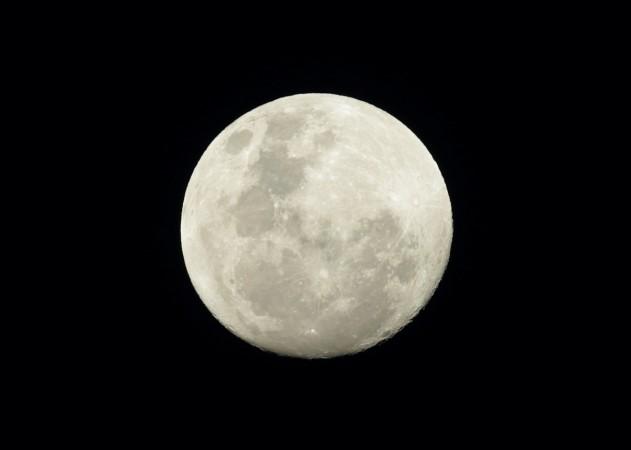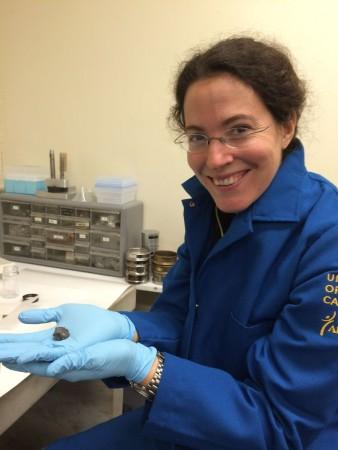
It has been found that the moon is much older than we originally thought; it's said to have formed 4.51 billion years ago.
Also Read: NASA: Mysteries of giant asteroid 16 Psyche to be explored!
The finding was reported by a UCLA-led research team, who analysed lunar rocks and soil collected by Apollo 14 astronauts way back in February 1971, to arrive at this conclusion.
Researchers stated that the formation of the moon took place within 60-million-years of the solar system's formation. The age of the moon has been a topic of debate for a long time. The guesstimations on the date of origin of the moon varied from 150 million to 200 million years.

"We have finally pinned down a minimum age for the moon; it's time we knew its age and now we do," Mélanie Barboni, the study's lead author and a research geochemist in UCLA's Department of Earth, Planetary and Space Sciences, said in a press release.
Researchers studied the zircon in lunar samples collected by Apollo 14 astronauts in 1971 and ran a uranium-lead dating on its fragments.
"Size doesn't matter, they record amazing information nonetheless!" Barboni said in an e-mail, reported by dailysabah.com.
She said studies on the moon could even throw light on the Earth's evolution.
As per the Giant-impact hypothesis, the moon was formed from debris emitted after Earth's collision with a Mars-sized protoplanet called Theia. The debris itself is estimated to be 4.54 billion-years-old.
Earlier UCLA conducted research on eight samples of zircon, but the techniques used to analyse them proved to be less productive.
The lead author of the research, Barboni, said she is examining more samples of zircon, but thinks her estimation is going to stay.
"It would be more a double-check than anything else," she explained.
The Apollo 14 astronauts Edgar Mitchel and Alan Shepard collected a total of 92 pounds (42 kg approx) of moon rock and soil. They used tubes to dig out the sand from moon's Fra Mauro highlands. The astronauts spent a total of nine hours on the lunar surface collecting samples.
The research was published in the journal, Science Advances on Wednesday, January 11 2017.

















